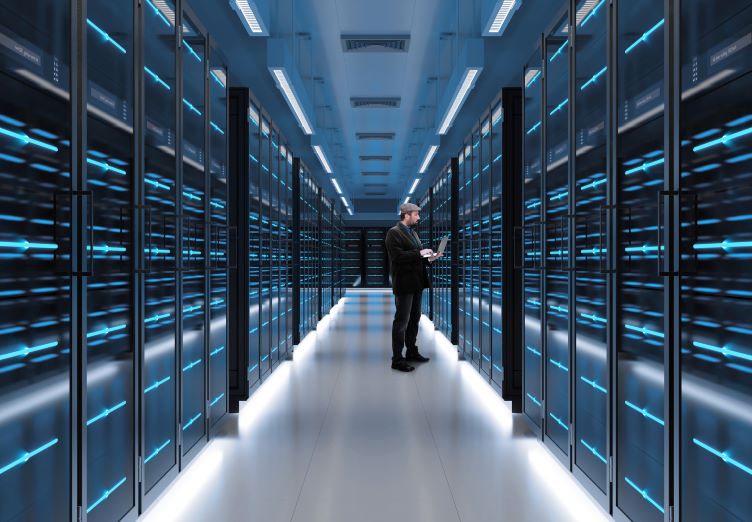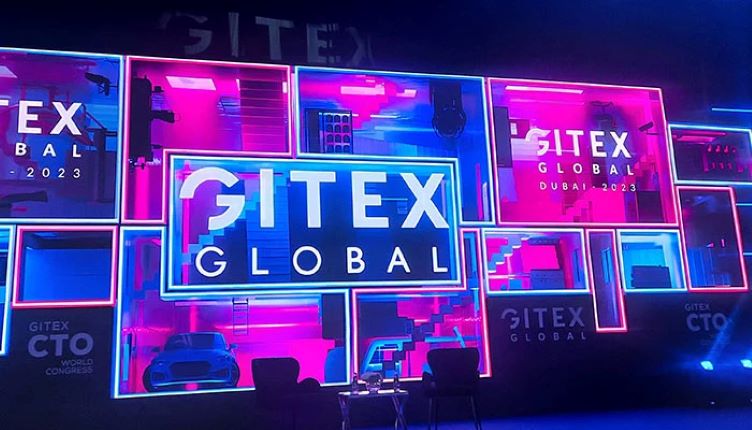These endless racks of potent servers are in more demand than ever, satiating the internet’s voracious thirst for cloud computing. In actuality, the cloud is not located anywhere above. This is where it is. We are in it.
As we speak, you’re at the center of the cloud. Furthermore, data centers such as this are always required to stream social media, store photos, and, more recently, run chatbots such as Microsoft’s Copilot, OpenAI’s ChatGPT, and Google’s Gemini. All of these tasks require a significant amount of data training. However, power consumption is a major issue that this AI boom brings with it.
There is increased strain on the data centers. Data center development is growing due to the worldwide competition to develop generative AI, with businesses like Vantage scrambling to keep up with the demand. However, this has gotten more expensive in place of this race. The amount of power needed to run and cool these facilities is astounding, and the energy impact is depressing.
A single ChatGPT query, for example, uses about ten times as much energy as a typical Google search. The amount of CO2 emissions produced by running and training AI models, such as a large chatGPT 3, is comparable to the lifetime emissions of five gas-powered cars.
However, our suspicion is that the demand from AI-specific applications will equal or exceed the past levels of demand from cloud computing. Through 2030, data center demand is expected to rise by 15% to 20% annually due to the AI craze. Furthermore, obtaining adequate power is crucial as businesses like Vantage continue to expand.
According to one report, data centers may account for a staggering 16% of all US power usage by 2030, up from just 2.5% prior to ChatGPT’s introduction in 2022. That is roughly equivalent to two thirds of all US houses.
But what does this mean for the environment? This has immediately led into skyrocketing emissions for Google and Microsoft. According to Google’s most recent environmental report, data center energy use contributed to a roughly 50% increase in greenhouse gas emissions between 2019 and 2023, despite the fact that the company’s data centers are 1. 8 times more energy efficient than the average data center.
Microsoft’s data centers are built and configured to accommodate AI workloads, the company’s emissions increased by about 30% between 2020 and 2024. The demand for power is so great that certain coal-fired power plant closures are being postponed. One such example is the creation of an AI-focused data center by Meta in Kansas City. Thus, it is impossible to truly stop the advancement of AI computing.
There have been various suggested solutions to these energy-related problems. The process is complicated, but companies like Open AI and Microsoft are investing in nuclear and renewable energy technology, and others are constructing data centers in locations with easier access to renewable energy sources. Even when power is produced, the outdated grid is still having difficulty keeping up with the increasing demand.
An additional challenge is made to cool large data centers. The need for heat and water in data centers will be fully met as AI systems proliferate. Certain data centers are looking for non-water-based cooling techniques. It is turning into a limited supply. The water consumption of AI will surpass that of Denmark by 2027. Experts advise switching from air to liquid cooling, but doing so will necessitate significant infrastructure improvements.
There is another way to boost AI system efficiency in the face of this enormous water and power consumption. The distinctive processors, such as chips built on the ARM architecture, which are renowned for using less electricity. Originally designed to extend the life of mobile phone batteries, this chip is now being used in data centers with the potential to save up to 60% on electricity.
We’ll have as much AI as those data centers can support, which may not be as much as people hope for. Everyone will construct the data centers that they can. In the end, though, there are a lot of individuals trying to figure out how to reduce some of those supply limits, and this business will undoubtedly see significant expansion in the future.
Conclusion:
The development of generative AI is straining electricity grids and data centers to their breaking point, making it nearly difficult to overlook environmental threats. Even while AI has the potential to revolutionize industry and society, its success will depend on how we handle the enormous power needs it generates. The future of AI depends on our ability to innovate and be sustainable in everything from processor designs to renewable energy sources.

















